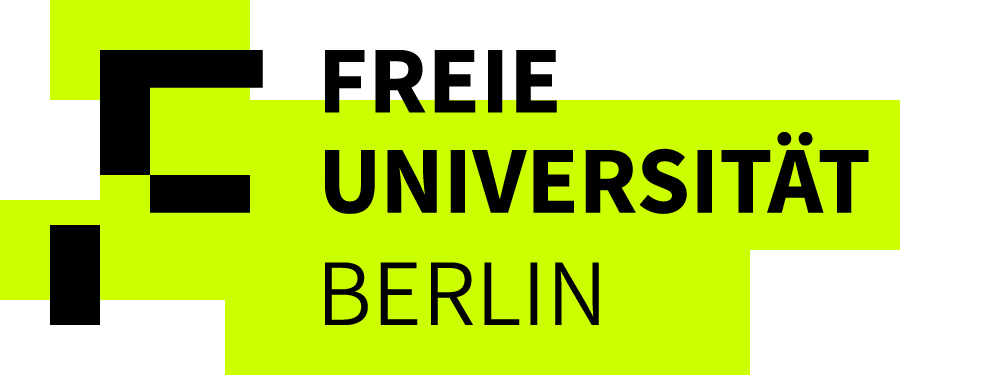On 15 January 1944, just over 1,000 people were loaded into cattle wagons in Mechelen in German-occupied Belgium. Two trains, ‘Transport XXIII’ and ‘Transport Z’, left the ‘SS transit camp’ in the Dossin barracks. Their destination was the Auschwitz-Birkenau concentration and extermination camp. The deportation trains for Jews in Mechelen were numbered with Roman numerals. The transport for the Sinti and Roma was not given a number, but the letter ‘Z’.
‘Transport Z’ should not be confused with three other special transports, which were also labelled with the letter ‘Z’. In these transports of 13 December 1943 and 19 April 1944, 146 Jews of particular nationalities (mainly Turkish and Hungarian citizens) were deported to the Ravensbrück, Buchenwald and Bergen-Belsen concentration camps.
654 Jews were deported on ‘Transport XXIII’ and 352 Sinti and Roma on ‘Transport Z’. The two parts of the train were strictly separated from each other. More than 50 men, women and children were crammed into each goods wagon, with no toilets and an inadequate supply of water and food. Antoine Lagrené (1931–2020), one of the few survivors of this transport, recalled: ‘On departure, German soldiers stood in front of the wagons. There were about 50 people in each wagon. It took several days. Three or four? […] There was a jug of porridge for the children. I don’t remember what we were given to eat.’1Private archive of Monique Heddebaut, interview with Antoine Lagrené, conducted by Monique Heddebaut, 5 November 2005. The train journey took three days. The deportees reached Auschwitz-Birkenau on 17 January 1944.
Arrival in Auschwitz-Birkenau
While the Jewish deportees were selected on arrival in Auschwitz-Birkenau—either for admission to the camp or for immediate murder in the gas chambers—the Sinti and Roma were registered, tattooed and assigned to Camp Section BIIe. The new arrivals were quarantined in the blocks and were forbidden to leave the block for 40 days. Jacqueline Vadoche, who was born in captivity in Mechelen on 11 December 1943, was only 35 days old when she was deported. On arrival in Auschwitz, the newborn was also tattooed with a prisoner number (Z-9825). Her death in Auschwitz-Birkenau is dated 1 May 1944.
By comparing the ‘transport list Z’ with the surviving prisoner register of camp section BIIe (General Ledger), it can be determined that 352 people boarded this train, although only 351 names are recorded on the list. Jeanne Conens, alias Royenne Jeanne Vados (1907–1944), born in Arlon and died in Auschwitz, was registered in Birkenau as Z-9859, but is not listed on the ‘transport list Z’, while Georgette Hédouin (1943–1944), born on 22 June 1943, died during the transport. She is not listed in the prisoner register. Among the deportees were three other pregnant women whose children were born in the Birkenau camp.
Everyday Camp Life and Deportations to other Concentration Camps
The ‘Zigeunerfamilienlager’ [‘Gypsy family camp’]in Birkenau was a place of unspeakable suffering and particularly inhumane conditions. The lack of sanitary facilities and insufficient food meant that the prisoners were exposed to epidemic diseases such as typhus, scabies, dysentery and noma. Medical crimes were committed against women and children. Within the first three months in Birkenau, over a hundred deportees from ‘Transport Z’ had already died. In February 1944, 14 deaths were registered, in March 58 and in April 32. From May to July 1944, the average was 17 deaths per month. However, this information is incomplete as the prisoner register is badly damaged and therefore partially illegible.
The prisoners who could still be used for forced labour were transferred to other concentration camps, mostly via Ravensbrück (women) and Buchenwald, and from there to other camps, such as Mittelbau-Dora. Deportees from ‘Transport Z’ have been identified in three transports from Birkenau to other camps. On 15 April 1944, 34 of them belonged to a group of 884 men who were sent to Buchenwald and later to Mittelbau-Dora. On the same day, 473 women were transferred to Ravensbrück, including at least 17 deportees from ‘Transport Z’. Many of them were forced to perform forced labour in the satellite camps in armaments production for Hugo Schneider AG (HASAG) in Altenburg, Schlieben, Taucha and Leipzig.
On 24 May 1944, two more convoys left Auschwitz-Birkenau. 144 women were transferred to Ravensbrück and 82 men to Flossenbürg concentration camp. Five women and one man from ‘Transport Z’ have been identified on the transport lists. All six survived imprisonment and forced labour.
Further Deportations and Murders: 2 and 3 August 1944
On 2 August, the SS (Schutzstaffel) carried out a final selection in Auschwitz-Birkenau, following which 1,408 men, women and children were taken to Buchenwald in goods wagons. At least 13 Sinti and Roma who had been deported from Mechelen were among them. After the train departed, the SS isolated camp section BIIe and murdered the remaining inmates in the gas chambers.
After the Liberation
Of the 352 people who were deported from Mechelen on ‘Transport Z’, only 32 survived. 15 men, eleven women and six children under the age of 15, including two girls, were liberated in the concentration camps in 1945. Many were so weak that they had to spend several months in hospitals before they could be repatriated to France or Belgium. The last of them did not return until the end of August 1945.
The 33 surviving Sinti and Roma from Belgium and northern France who had been deported from Mechelen were lost in the mass of 30,000 repatriated political prisoners and resistance fighters. They were isolated, their families were decimated and their social structures were destroyed. Their possessions, animals, musical instruments and caravans had been stolen or sold by the German occupation authorities. After their return, they had to rebuild their lives without any outside help.




